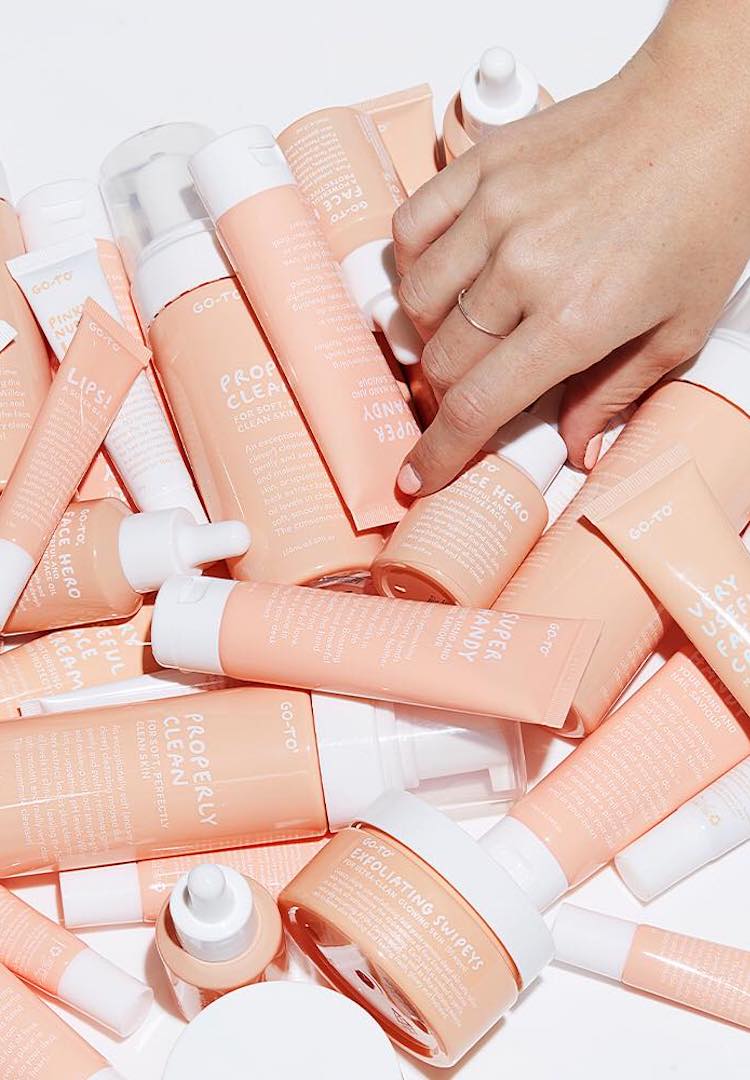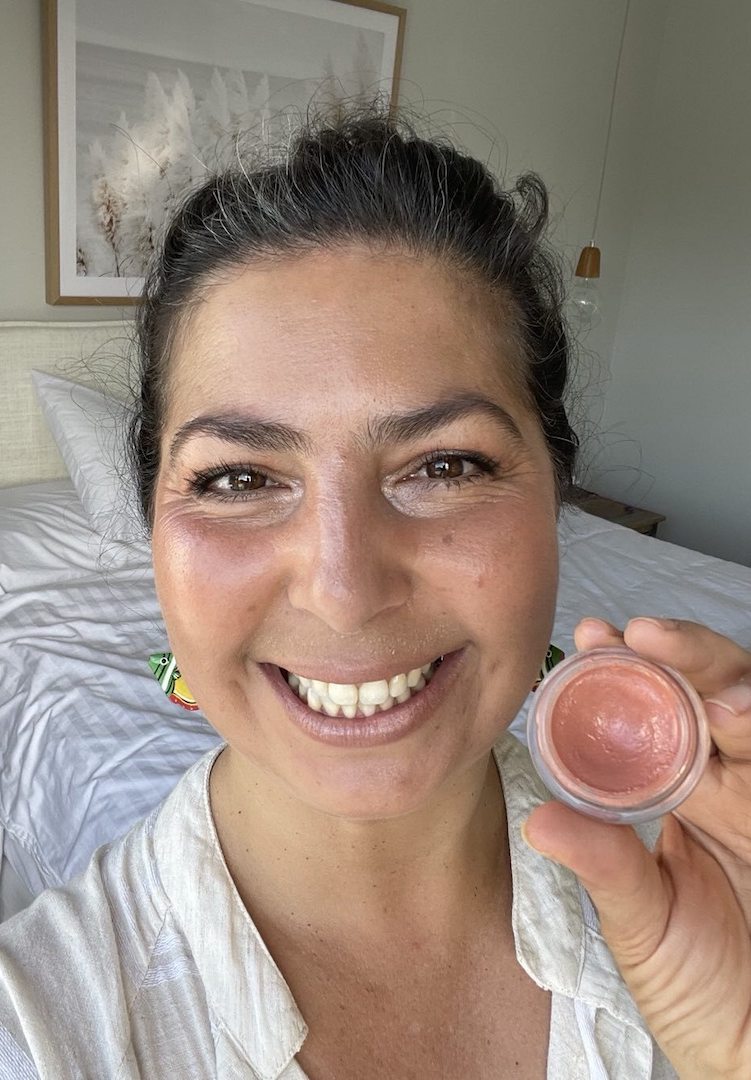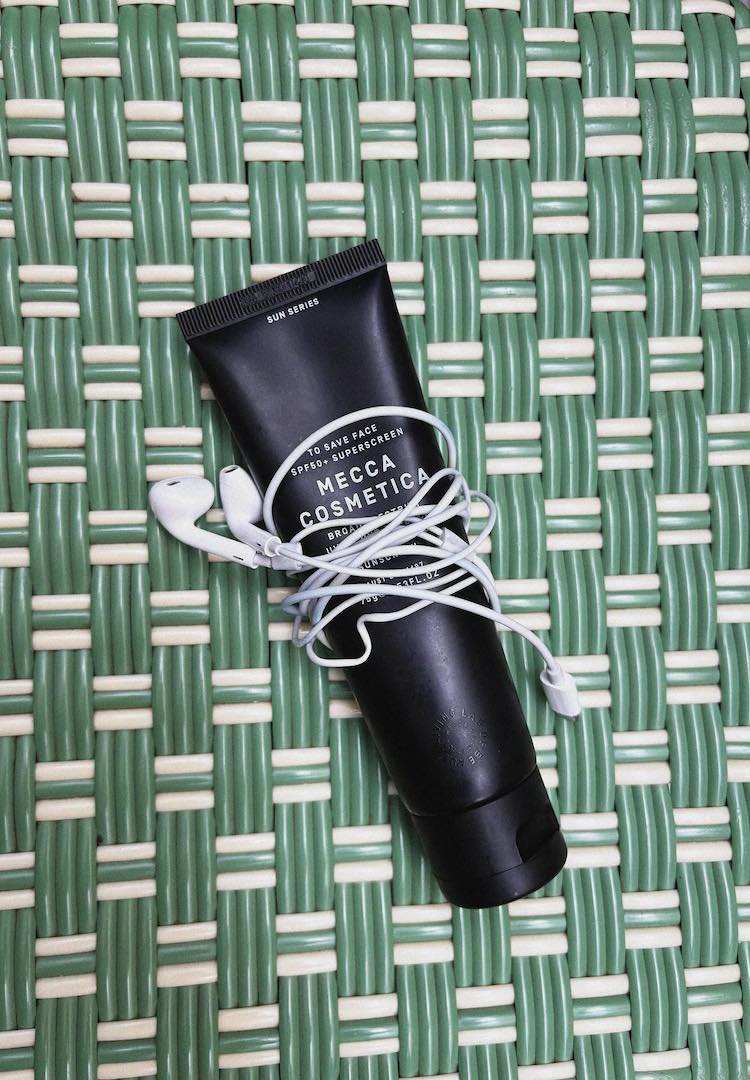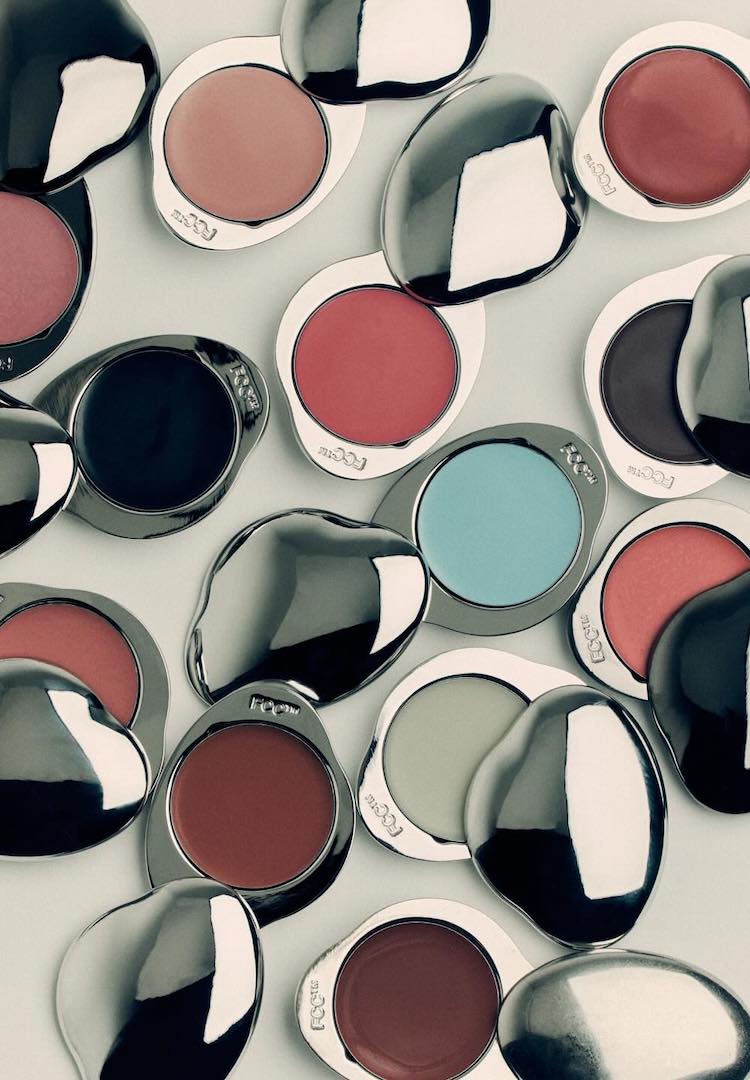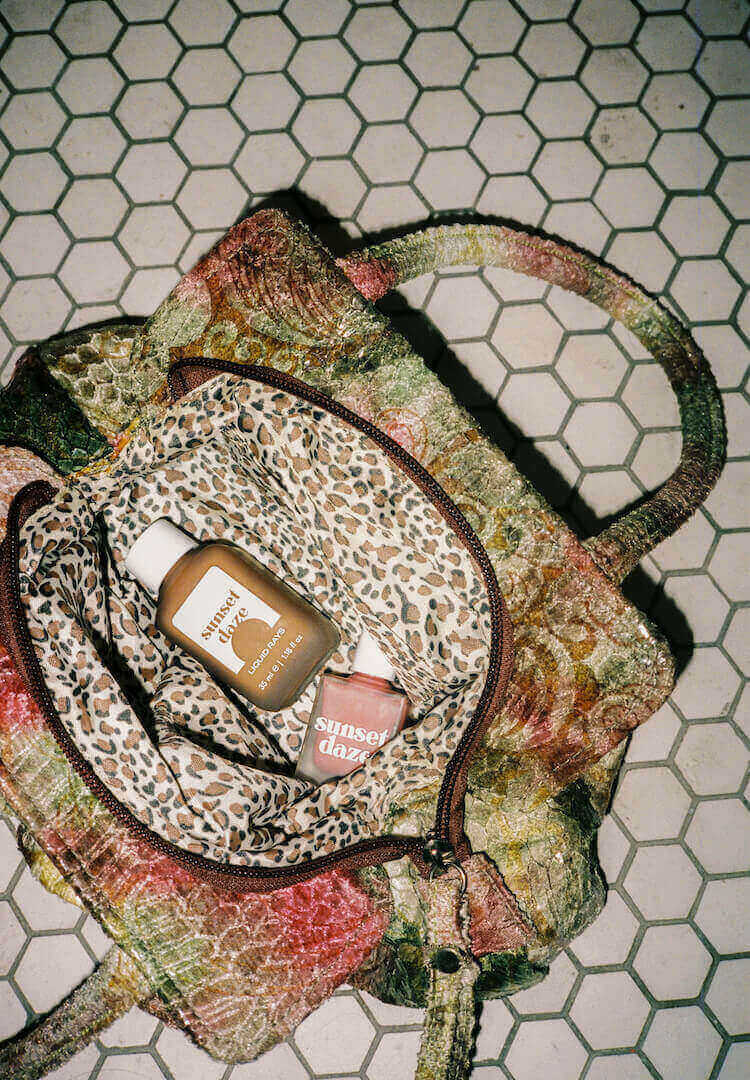We’re sold on shopping Australian for fashion, so why not for beauty?
Images via Go-To Skincare
Words by Sally Edwards
It’s time to embrace Aussie beauty brands, now more than ever.
The beauty industry has rapidly expanded in recent years and thanks to globalisation and the rise of online shopping, the array of beauty brands at our fingertips has never been so vast.
And hey, I’m not complaining. But with the ability to get any brands and any products at any time, the notion that we can choose to shop for beauty either locally or globally has become kind of obsolete.
While it’s been found that Aussie consumers are more inclined to buy beauty products from local online stores rather than those based overseas, it’s actually pretty unlikely that the brands in our cart are Aussie too.
According to a recent study, only 20 per cent of us have a preference for local brands when shopping for skincare, and that figure only rises by about 5 per cent when we start talking haircare and body care.
It doesn’t help that some of our largest online beauty-dealers, like Adore Beauty and Mecca, mostly stock international brands in all their categories. And while Sephora, albeit American, has an established presence here, it only counts about eight Aussie brands in its otherwise stacked line-up.
Our affinity for local retailers may have something to do with the fact that – thanks to our familiarity with the online retail space – our generation has cottoned on to the fact that we pay a lot more for beauty products here in Aus.
While some extra costs can be forgiven for shipping and clearing customs, some of the industry’s big guns, like Adore Beauty’s founder and director, Kate Morris, believe that we shouldn’t be paying up to 50 per cent more than overseas consumers for the exact same product. Morris urges us to look a little closer to home.
“Local sites can stock some great Australian brands at a variety of price points. If you want to know you’re paying a reasonable price that’s the same as everyone else I’d strongly suggest looking at those brands instead. You’ll also be supporting local businesses,” she said in a recent interview.
Not only does shopping locally help out the Australian economy and create more employment opportunities, but it also helps the Earth. With fewer planes traversing the Pacific, there’s less energy expenditure and emissions wreaking havoc on the environment.
We all know we need to be shopping sustainably, especially when it comes to fashion and food, but has the global beauty industry missed the memo?
The effects of the beauty industry’s excess
Overconsumption, excessive waste and questionable ethics still plague the beauty world. Global designer beauty brands are known and, thankfully, called out for using heavy layers of packaging to create illusions of luxury, but at what cost?
The industry produces around 120 billion units of packaging a year, most of which can’t be recycled, and the average moisturiser pot takes nearly 1,000 years to decompose.
Even more distressingly, some of the imported ingredients that feature in your favourite bronzer or moisturiser, like cocoa and vanilla, have been linked to child labour, slavery and the illegal mining of protected forestland.
That’s all super scary stuff. But what’s even scarier is that despite a global focus on sustainable fashion, extravagant beauty hauls, 10-step skincare routines and stacked shelfies are still something we’re swooning over.
Even amongst widespread employment loss and financial chaos, the beauty sector is thriving in Australia, and Myer recently reported a 600 per cent increase in skincare sales since last year.
Combine this with the results of a recent study that found that, even though most consumers believe sustainability is important, only 7 per cent actually make it part of their purchasing criteria, and we’re in murky territory.
Change is coming
But we all know by now that beauty and brains are not mutually exclusive and thankfully there is a growing demand for simpler, cleaner, locally-made beauty.
It seems we’re getting kind of fed up with all those steps and spending our paychecks on obscure products that don’t even make that much of a difference (after all, does ‘the perfect skin’ even exist?).
Shoppers are embarking on a journey of ‘buy less, buy better’, and as regimes are being curtailed, it’s only the products that are truly functional that are safe. Enter, ‘A-beauty’.
The rise of ‘A-beauty’
Despite our affinity for global brands, there is a growing shift towards buying Australian-made beauty products, not just here on our soil but internationally, too. The shift is so noticeable, that our skincare has garnered its very own nickname – the Koreans have ‘K-beauty’ and now we have ‘A-beauty’.
Back at the beginning of 2019, WGSN trend forecasters predicted the advent and subsequent takeover of A-beauty. Tired of marathon regimes and questionable brand ethics, the world was starting to crave beauty that was a little more relaxed, a little cleaner… a little more Aussie, perhaps?
Basically, A-beauty embodies the Australian persona and way of life: the products are hardworking yet laid-back and they have a thing for nature, and our native ingredients in particular – vitamin C powerhouse Kakadu plum, finger lime, macadamia oil and pink clay, anyone?
Brands like Go-To, Frank Body, Aesop, Dr Roebuck and Grown Alchemist are synonymous with the movement, but it’s not only in skincare that we’re embracing this no-fuss, natural approach, we’re beginning to look locally for makeup too.
Brands like Fluff Casual Cosmetics, Inika and Ere Perez embrace simplicity and sustainability in beauty, and these are values that we Aussies should not only be proud of but ones that we should be backing monetarily too.
Thanks to the unique ingredients, a minimalist approach and a focus on sustainability, A-beauty has taken the global market by storm, but it’s time that us Australians fully embraced our locals in beauty.
Not just because you buy into the hype around Kakadu plum or pink clay, but because the livelihood of Aussie businesses and employees – from the company directors to the scientists to the customer service reps – depends on it.
We could make a world of difference, not just to our skin but to our environment and our economy – buying beauty products has never been so patriotic! And if part of buying locally means avoiding international shipping delays and wearing a full face of skincare and glowy makeup to take out the bins, well, so be it.


